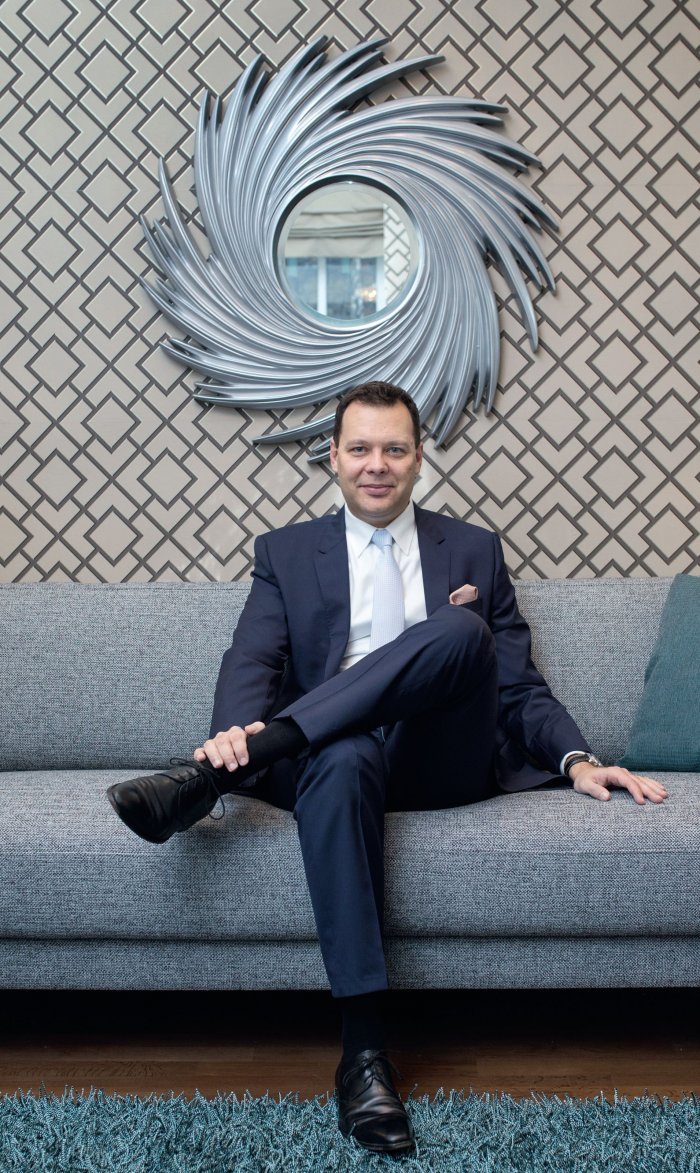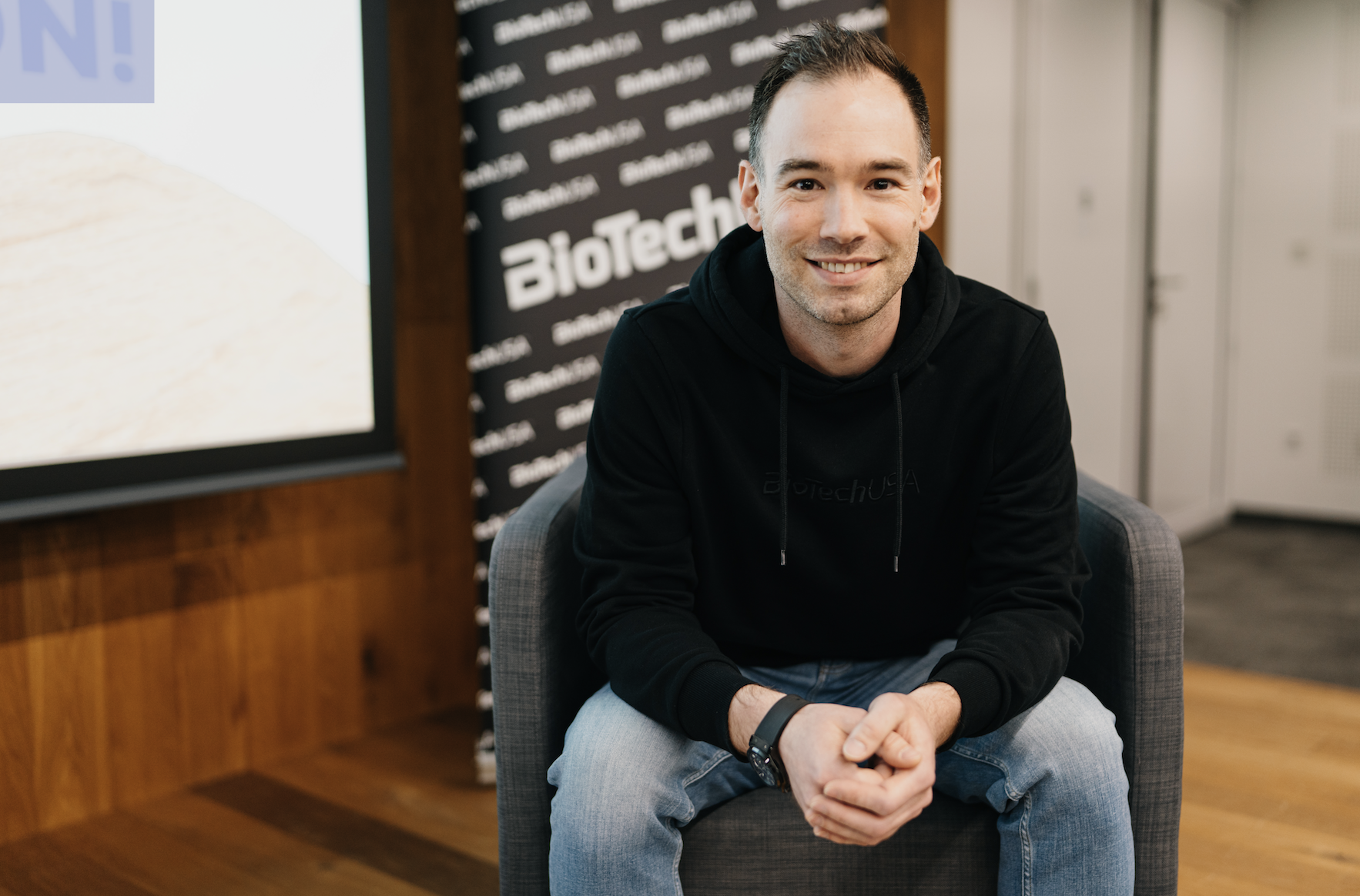Tungsram: Let There Be Light (and Innovation)

“Shaping the future of urban living, providing technology-driven, smart, sustainable solutions for large metropolitan areas using lighting as a platform.” That’s the mission statement of Tungsram, once known for its light bulbs, but today a much more complex firm. The Budapest Business Journal sat down with Ferenc Pongrácz, GM of innovation at Tungsram Group.
Ferenc Pongrácz
BBJ: Tungsram is mainly known by the general public for being a maker of light bulbs. How has the company moved away from that image and embraced Industry 4.0?
Ferenc Pongrácz: Tungsram, an iconic name, returned to the global market in 2018 as an innovative, premium European brand with the acquisition of GE Lighting’s Europe, Middle East, Africa and Turkey general lighting business along with its global automotive operation, reinvigorating a 124-year-old tradition of playing a leading role in manufacturing technology and service solutions
Our core business continues to be general lighting (outdoor and indoor, as well as industrial) and automotive lighting (for OEM’s and aftermarket) and we are building up a solutions business where we do complete lighting projects from design through production and contracting.
Besides these, we are building up new businesses and exploring new areas where our expertise and capacity in manufacturing, innovation, engineering and global sales can be used. Tungsram Group invests into future-safe technologies and dynamically growing global markets, such as smart solutions, smart cities, indoor farming and healthcare, while strengthening the lighting core of its business.
BBJ: What are the new operations and technologies which Tungsram offers today?
FP: The mission statement of the company is: “We are shaping the future of urban living, providing technology-driven, smart, sustainable solutions for large metropolitan areas using lighting as a platform.” The innovation business has a number of projects, three very promising right now are Agritech, Innohub and Proptech.
BBJ: What are the key differences between the lighting technology market of the past and today?
FP: Let me give you an example: our Agritech Division has built up a portfolio of lighting and smart solutions focusing closely on indoor plant growing and vertical farming. With highly optimized light sources, the yield of indoor gardens – both in regular and vertical orientations – can be optimized in an age when humanity needs more food products grown closer to urban areas, produced in a more efficient way and year-round. The mission of Tungsram Agritech is to apply its expertise, acquired over decades in the field of LED lighting, to serve sustainable plant cultivation. This was not possible before cheap and effective LED technology conquered the world of lighting. To understand the opportunities of LED in farming Tungsram has, for example, launched a joint experiment with the Soft Fruit Technology Group at one of the most prestigious academic institutions in horticulture, the U.K.’s Reading University, on the use of LED lighting for out-of-season glasshouse strawberry crops.
BBJ: How many people are employed in Hungary and across which sectors are they spread?
FP: Our supply chain is centered around our five factories in Hungary, working to the highest quality standards, with 4,000 employees and a network of 1,600 suppliers and partners around the globe.
BBJ: How many operations are there abroad?
FP: Tungsram is present in 100 global markets and exports 95% of its production. As I said, we are exploring new areas where our expertise and capacity in global sales can be used.
BBJ: Which new markets do you hope to conquer with these new products and acquisitions?
FP: A good example is that Tungsram acquired the company behind the Hungarian facility management software, ArchiFM. This successful software is used in Hungary by Puskás Aréna, the Hungarian National Bank, MÜPA, MOL and Graphisoft Park. Tungsram and the team is now working on expanding the distribution of the software in the Far and Middle East. While the key concept of ArchiFM remains intact, it can leverage Tungsram’s mastery in all the non-core activities, thus making the new relationship even stronger.
BBJ: How have you coped with COVID, have you managed to keep your staff or did you need to lay off people?
FP: White-collar workers’ working hours were cut by 20% from May to July and a wage raise originally scheduled for April was cancelled. The salary of the top management, meanwhile, was cut by 25% on average and non-wage compensation will be scrapped for the year for all employees. Tungsram estimates that its revenue from manufacturing and marketing lighting equipment could fall by 30-40% in Q2, but the impact of the pandemic could be felt across the entire year.
BBJ: What are your plans in the ‘new normal’ defined by the possible waves of epidemics?
FP: Our 124 years of history has taught us that innovation always pulls a company through the crisis periods. That is why we want to share this, in line with Hungary’s economic policy, with the country’s SMEs. The first, great CEO of the company, Lipót Aschner, who made Tungsram a global player, was thinking in terms of what we would now call industrial, innovative ecosystems back in the 1920s-30s, and we are doing very much the same thing 100 years later. We are surrounding ourselves with startups with great ideas, and help them with manufacturing, product development and sales. We think innovation is not just an idea, but a process that leads to a successful product that customers actually want to buy. A great example for this kind of cooperation is ours with Hungarian startup Infratrainer. This is an effective and innovative solution in the fitness market, a special equipment combining two kinds of fitness methods, infralight and cycling for the sake of the highest possible efficiency. The Infratrainer had been highly successful in Hungary already, but to find global markets, to develop additional services and, last but not least, to manufacture in big enough quantities to supply the international markets, it needed a partner; that is, Tungsram. Our joint venture is currently working on all of these issues.
SUPPORT THE BUDAPEST BUSINESS JOURNAL
Producing journalism that is worthy of the name is a costly business. For 27 years, the publishers, editors and reporters of the Budapest Business Journal have striven to bring you business news that works, information that you can trust, that is factual, accurate and presented without fear or favor.
Newspaper organizations across the globe have struggled to find a business model that allows them to continue to excel, without compromising their ability to perform. Most recently, some have experimented with the idea of involving their most important stakeholders, their readers.
We would like to offer that same opportunity to our readers. We would like to invite you to help us deliver the quality business journalism you require. Hit our Support the BBJ button and you can choose the how much and how often you send us your contributions.









